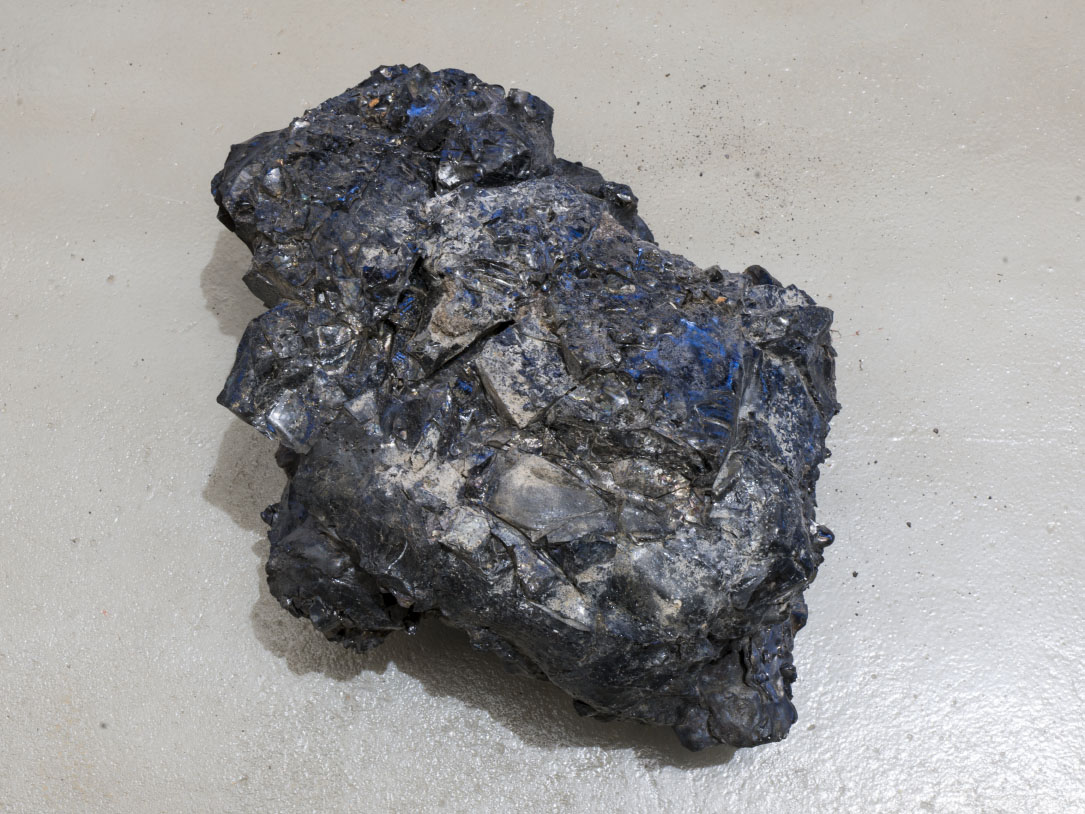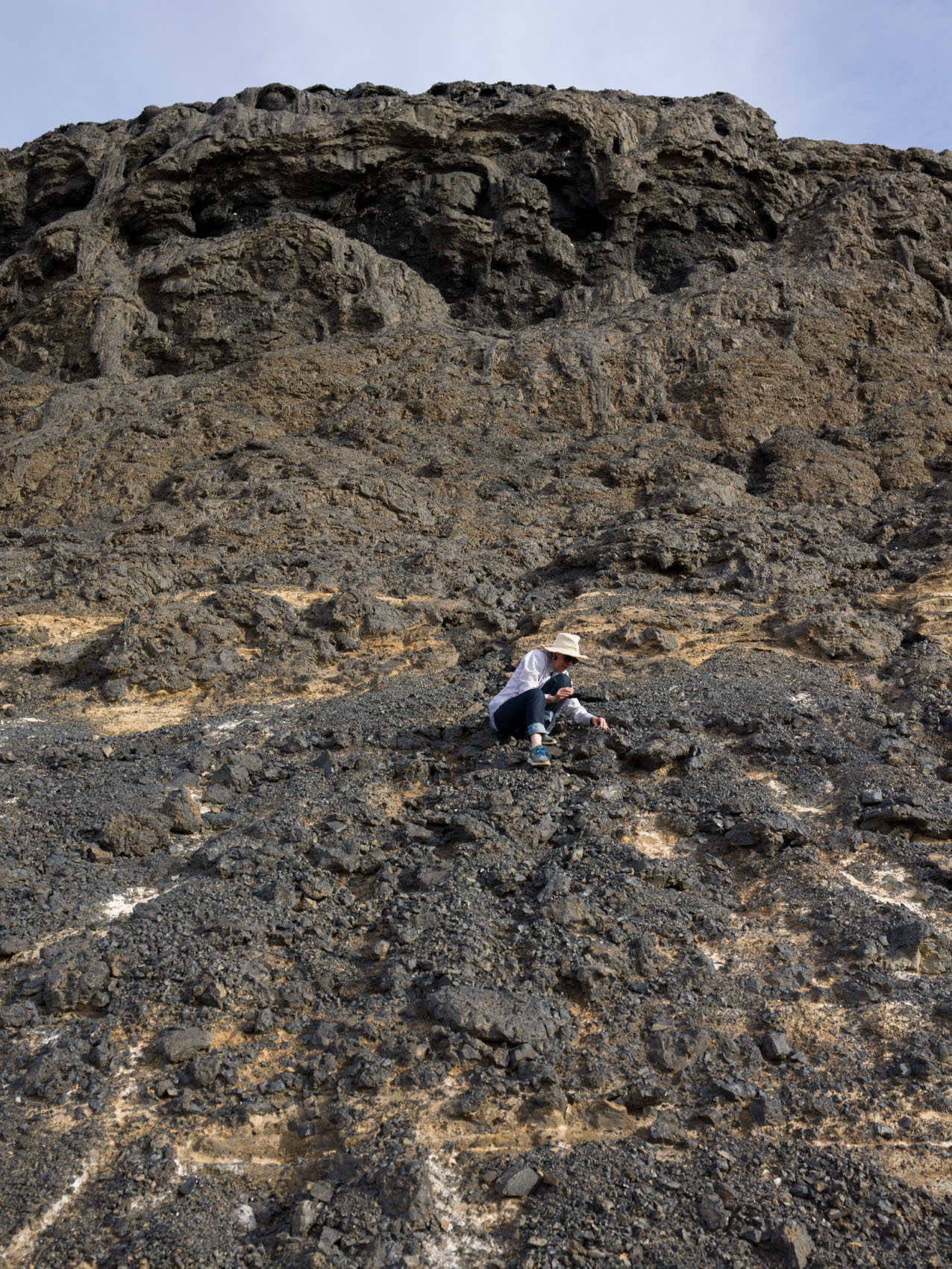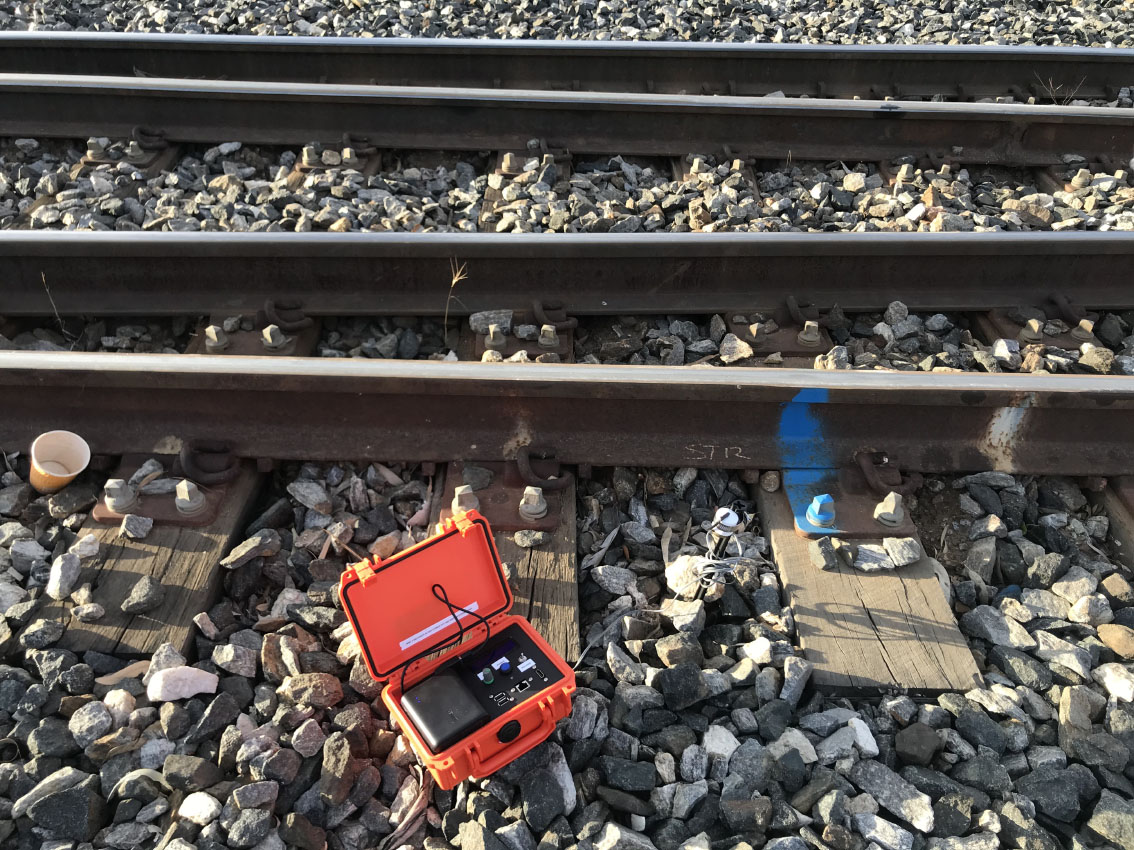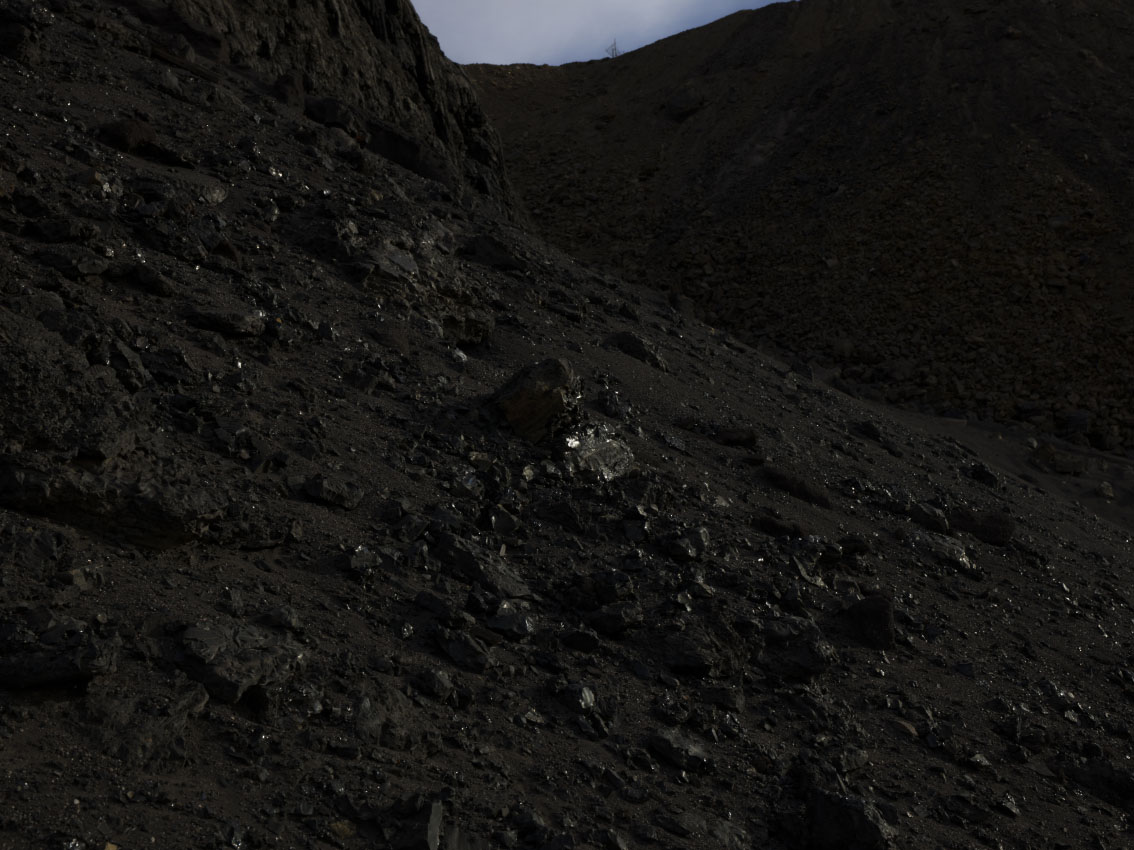Broken Hill
Friday, 11 December 2020

10.12.2020: Finally we are together-well, two of us, we are missing our third collaborator Linda, and that makes us feel a little incomplete!- in Broken Hill, on Barkindji and Wiljakali country. JB travelled over from Central Vic to pick up VB in Adelaide and then we travelled north-east 500kms on the Barrier Highway to get here.
We decided to come here because of the vast human and beyond-human history that is evident in this landscape, in the earth, on the surface and far down below. We knew that by being in this place we would be able to see, and feel, the fundamental tensions between the upheaval of mining processes and the persistence of geologic time.
Just like everywhere else, the ability to be ‘together’ making this work has been impossible during the pandemic. So now that we are able to travel and be together, we wanted to find a place where thinking about this work and letting it unfold was possible. We wanted to sit, stop and listen to the stories of rocks, just like Leroy Little Bear said, we need to spend time with the rocks before they will tell us their stories.
Ironically, and understandably, there is a lot happening here, on the surface and underground, 24 hours a day- the vibrations of constant activity is palpable and measurable- when we put our geophone in the ground, we didn’t have to wait long before movements were recorded.

Our first test was after we had been clambering up the side of the slag heap of the Broken Hill ‘Line of Lode’, recording, photographing, capturing these beautiful black glassy fragmented rocks, Galena, or lead sulphide, that have been wrenched out of the earth for nearly 140 years. We were approaching the rail crossing when the daily freight train was passing, forcing us to wait. We pulled out the geophone and put it in the stones next to the tracks, and, what we discovered upon listening to the recording later, was a beautiful rhythmic heartbeat, a geological heartbeat, vibrating loudly, then disappearing slowly into the distance. The freight train’s presence, it’s vibrations into the earth, getting quieter as it travelled on its journey.

We were excited about our discovery, as this process requires us not to ‘know’ what we are recording, but to simply trust that something- or maybe nothing- is happening beneath the surface, with the vibration sending signals that we can witness later.
We then decided on a few more locations to do some geophone recordings: the Perilya Southern Mine, not far from the underground portal and next to an ore chute- then up on a hill, waiting for the blast that happens twice daily at 6:45am and 6:45pm.
Listening back to these sounds later, they all contain this constant heartbeat rhythm, growing louder and softer, but staying present. The blast recorded like a muffled machine gun, lasting around 10 seconds. We lay on the ground in anticipation of the blast and we certainly felt it vibrate through our bodies.

We are now interpreting the sounds, and trying to understand just what we are indeed hearing, as many of the sounds are infrasonic – starting at around 11 Hz, (human hearing range is between 20 Hz and 20 kHz). We are using multi-channel sound and creating soundscapes from what we have collected so far, with the intention that hearing, being with and feeling these sounds might allow us, and others to feel that we are embedded in geological time. That our existence, in terms of human-time, is very short and, in fact, we humans are both chronophobic and chronophilic, we both fear time and think there is endless amounts of it. Marcia Bjornerud, discusses this best in her book ‘Timefulness; how thinking like a geologist can help save the world’ where she states: “While we humans may never completely stop worrying about time and learn to love it . . . , perhaps we can find a middle ground between chronophobia and chronophilia, and develop a habit of timefulness—a clear-eyed view of our place in Time, both the past that came long before us and the future that will elapse without us.”
Chronophobia, Bjornerud states, is “certainly fueled by the demands of the capitalistic world we live in, where short-term profit is the motive force for everything.” And this is so evident in the landscapes of Broken Hill. As we explored the Albert Kersten Mining and Minerals Museum, we learnt about just how much ore has been extracted from the earth here… and indeed, how, for some minerals, nothing is left.
This is indeed a rich and complex place to be. It is providing plenty for us to contemplate- and ironically, extract- in order to try and understand our place within a deep timescale, almost beyond comprehension.
Like time, “Sounds…dematerialize the substance of things they resounded and extend their own patterns…they drift off things and link up with one another.” – Alphonso Lingis